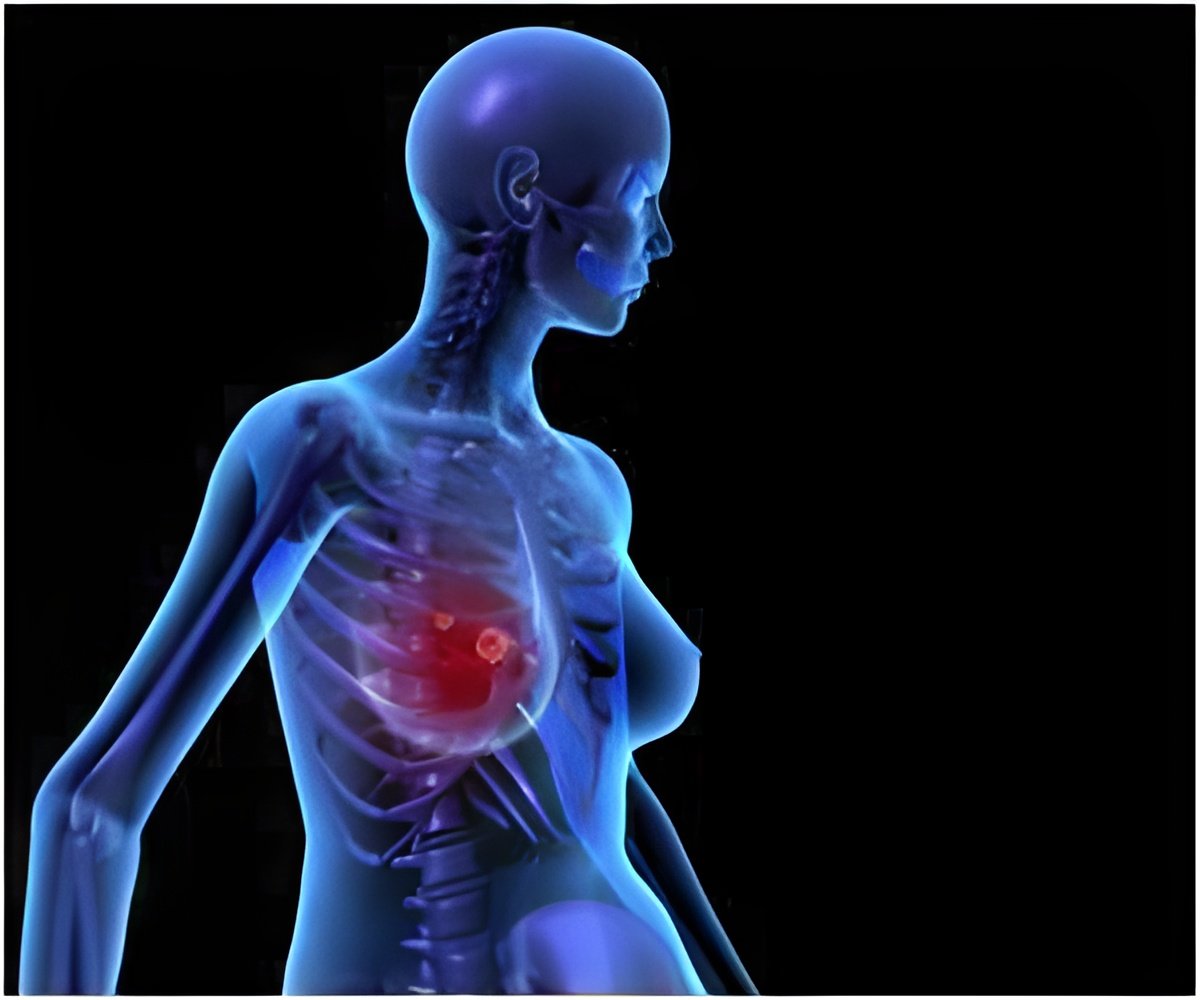Previous research has shown that some cancer cells dodge death by consuming a bit of themselves, thus essentially sleeping through radiation or chemotherapy.

Autophagy – self-eating – is a natural cellular defense against lack of nutrients and other stressors. It also recycles damaged organelles and proteins for new use by the cell. Autophagy puts the cell in an inactive quiet state called quiescence, which allows it to recover, Sood said. For cancer cells, it's a way to survive treatment.
"Our findings provide a clinical rationale for blocking prolactin and its receptor and for using prolonged autophagy as an alternative strategy for treating cancers," said Yunfei Wen, Ph.D., first author of this study and instructor of Gynecologic Oncology.
Steep reductions in tumor weight for mice with ovarian cancer
Prolactin (PRL) is a hormone previously implicated in ovarian, endometrial and other cancer development and progression. When PRL binds to its cell membrane receptor, PRLR, activation of cancer-promoting cell signaling pathways follows. Poor understanding of the underlying processes has made the pathway hard to target for cancer treatment, Sood said.
Given that knowledge, the researchers started with mouse experiments and worked backward to cell line experiments, a reversal of the usual order of preclinical cancer research.
Advertisement
After 28 days of treatment with G129R, tumor weights fell by 50 percent for mice with either type of ovarian cancer. Adding the taxane-based chemotherapy agent paclitaxel, commonly used to treat ovarian cancer, cut tumor weight by 90 percent. Higher doses of G129R may result in even greater therapeutic benefit, Sood said.The mice did not otherwise lose weight, suffer lowered blood counts or show any other sign of toxicity of side effects from G129R treatment in the liver, spleen or kidneys.
Advertisement
The team used three-dimensional culture of cancer spheroids, where treatment with the prolactin-mimicking peptide sharply reduced the number of spheroids. Treatment also blocked the activation of JAK2 and STAT signaling pathways known to promote cancer. Protein analysis in the treated spheroids showed increased presence of autophagy factors and genomic analysis revealed increased expression of a number of genes involved in autophagy progression and cell death.
A series of experiments using fluorescence and electron microscopy showed that the cytosol of treated cells had large numbers of cavities caused by autophagy, a hallmark of autophagy-induced cell death.
Autophagy works by encasing targeted proteins or organelles in a membrane, which then connects with lysosomes that dissolve the contents, leaving empty cavities, or vacuoles. Adding an autophagy inhibitor reversed the treatment effect of G129R in the 3D spheres.
Connection to ovarian cancer patient survival
The team also connected the G129R-induced autophagy to the activity of PEA-15, a known cancer inhibitor. Analysis of tumor samples from 32 ovarian cancer patients showed that tumors express higher levels of the prolactin receptor and lower levels of phosphorylated PEA-15 than normal ovarian tissue. Patients with low levels of the prolactin receptor and higher PEA-15 had longer overall survival than those with high PRLR and low PEA-15.
Source-Eurekalert














